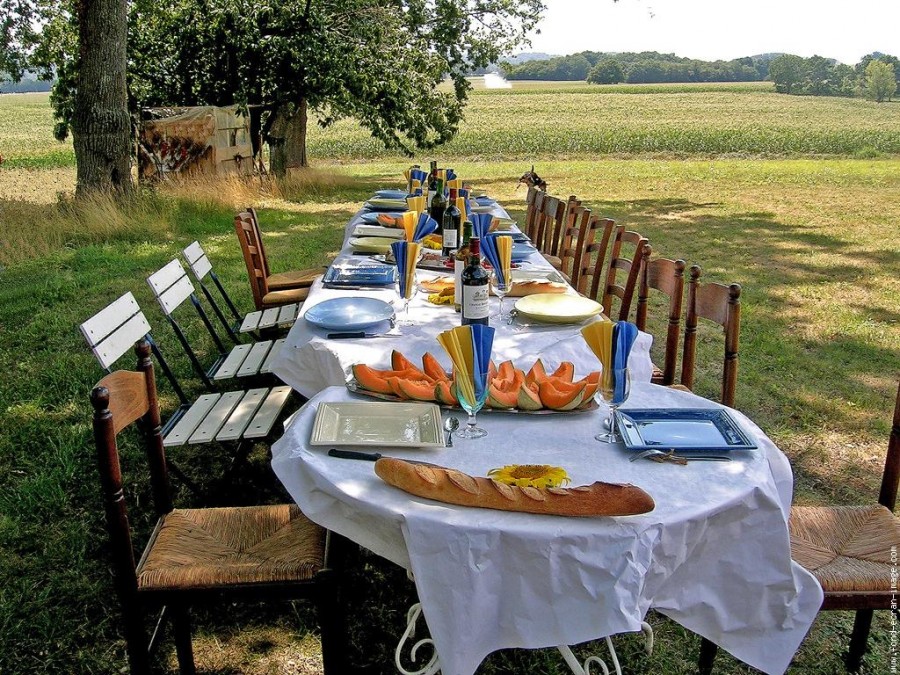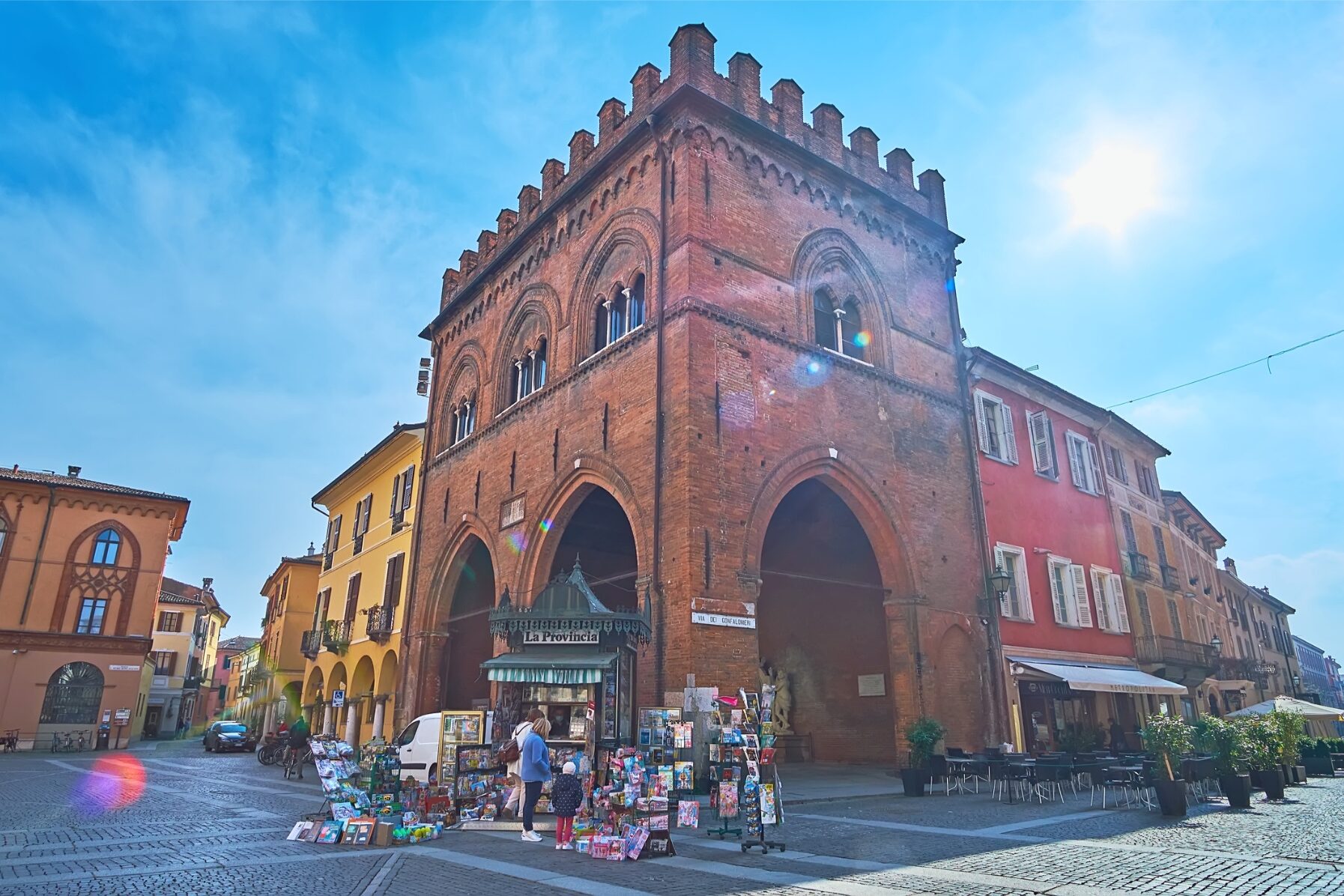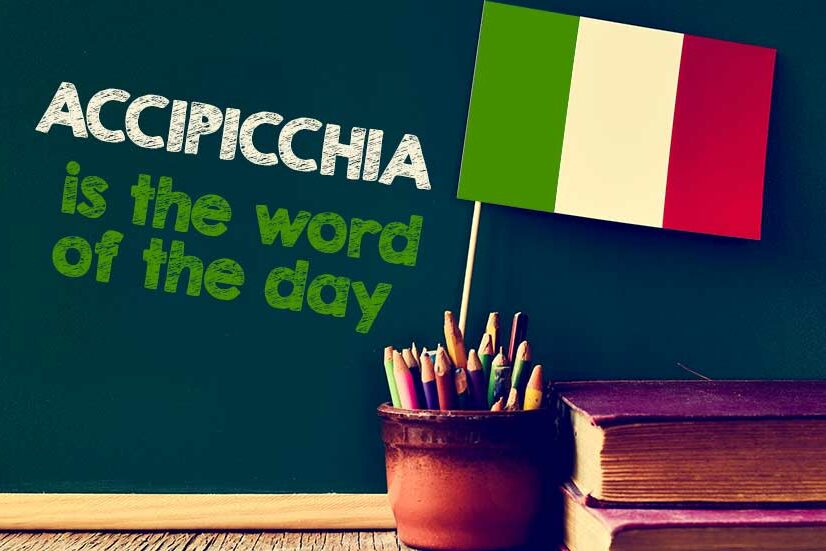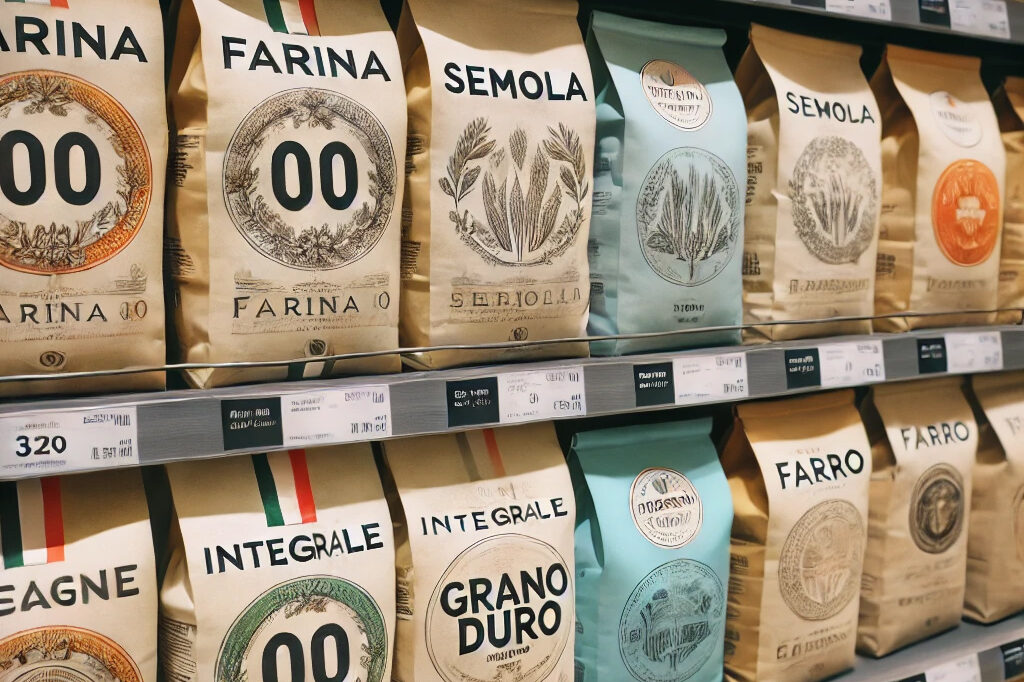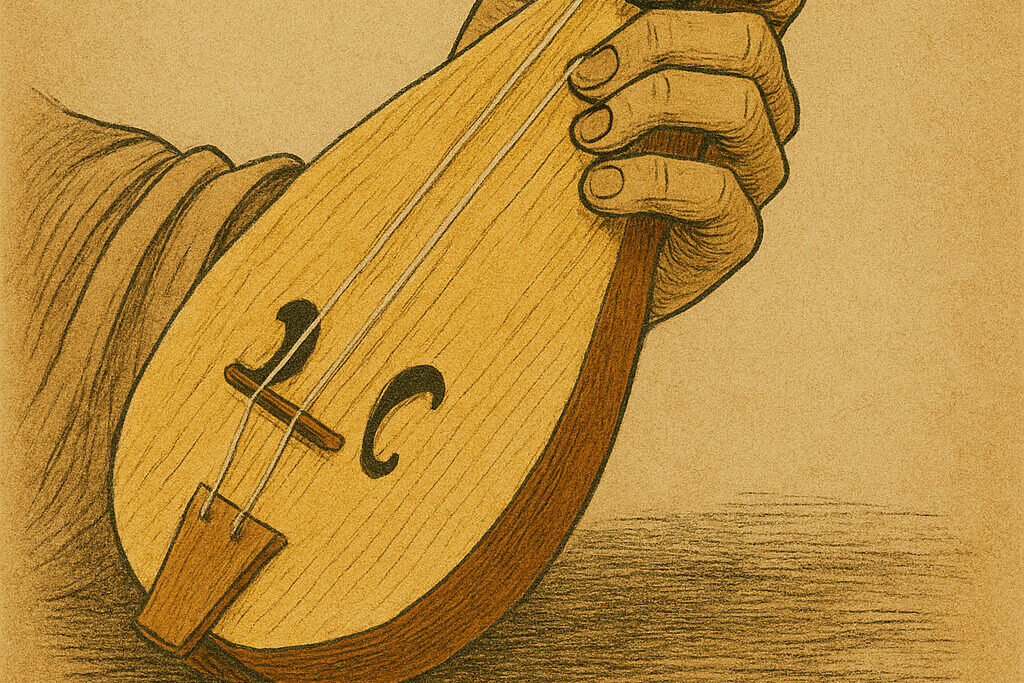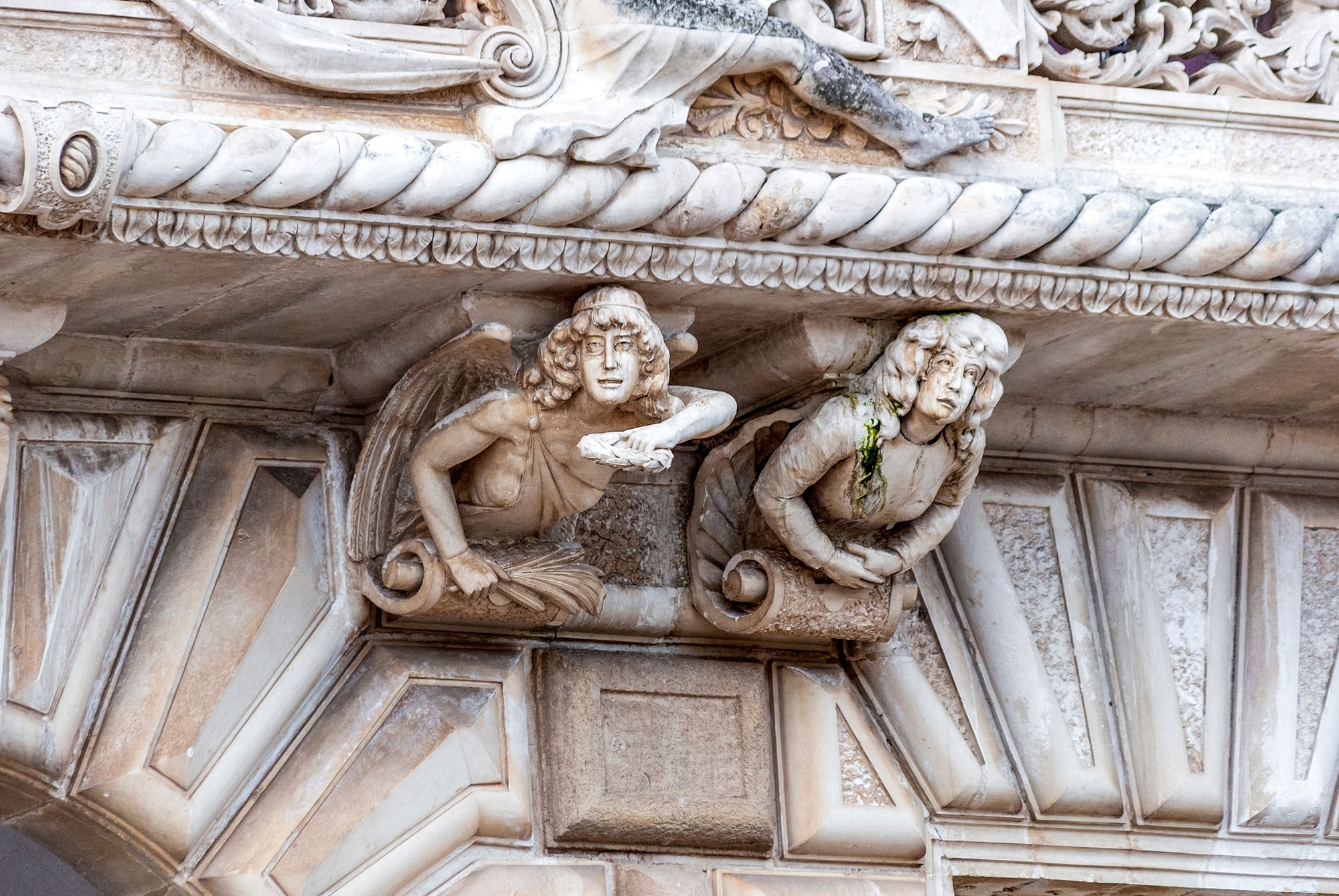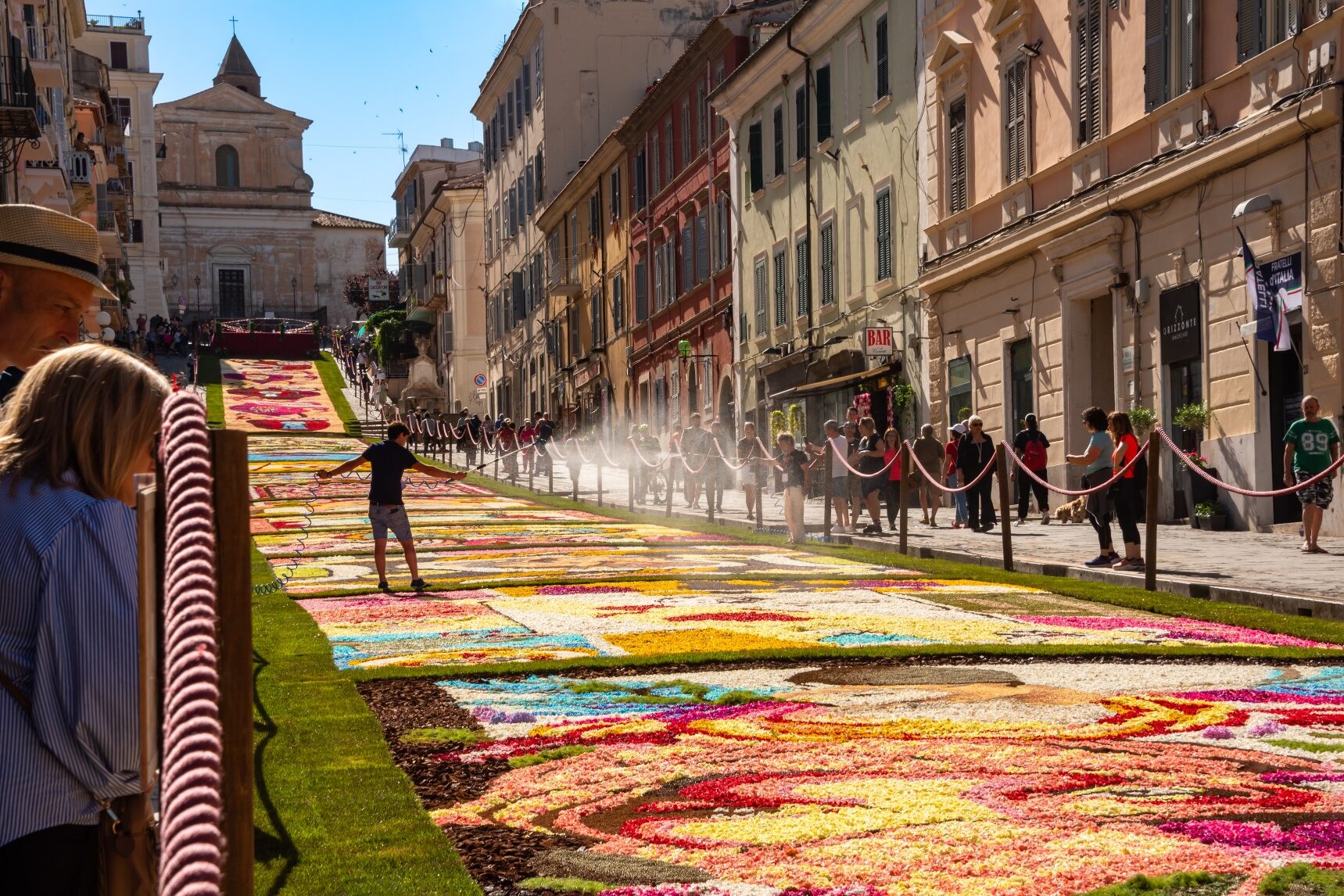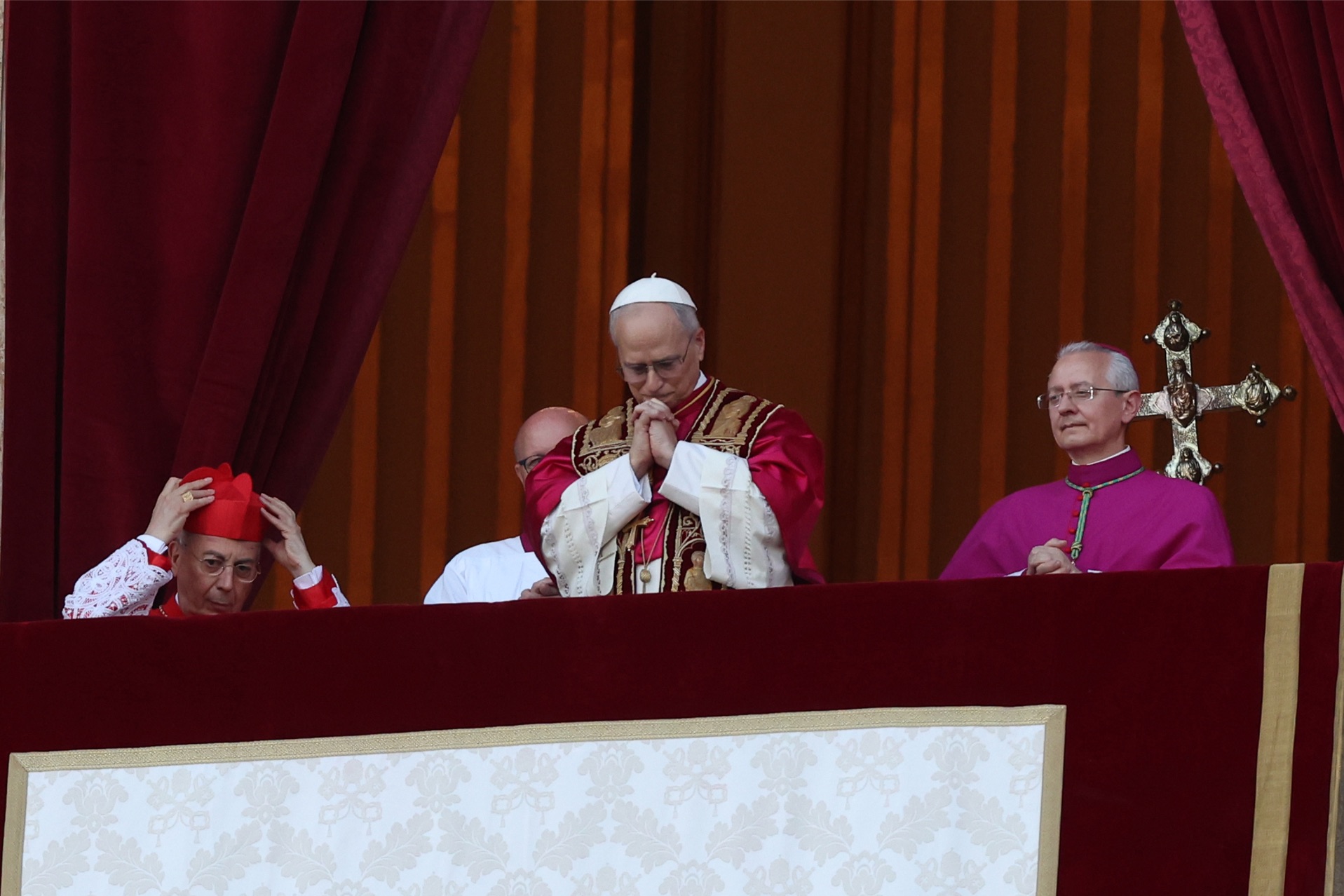SYMPOSIUM, PERFORMANCE, FILM SCREENINGS, MULTIMEDIA INSTALLATION
January 9th and 10th, 2017
In 2016, concluding its most extensive retrospective ever dedicate to a single artist, the Solomon R. Guggenheim Museum emphatically reaffirmed the critical role of Alberto Burri (1915-1995) in the arts of the second half of the 20th century, as a radical forerunner of New Dada, Nouveau Réalisme, Postminimalism, and Arte Povera.
Burri’s internment as prisoner of war in Texas, where he began to paint in 1946, dramatically shaped the new spatial forms of his painting and sculpture. An even greater impact was provided by the great desert landscapes of the American West to which Burri found himself drawn after taking up winter residence in Los Angeles in 1963.
Burri Prometheia, a symposium organized by the Department of Italian at UCLA and the Italian Cultural Institute of Los Angeles, aims to examine the heritage of these ties in the largest work Burri ever created outside of Italy, the “Grande Cretto Nero” (Large Black Crack), on the fortieth anniversary of its gifting to UCLA. The work bears striking witness to an intimate and monumental sublimation of the intensity of matter which the artist first noted in the cracking altarpieces of his fellow Italian, Piero della Francesca, and later in the extraordinary superstrata of California’s Death Valley.
The Grande Nero Cretto, a work of colossal proportions (49 x 16 feet), composed of 700 pieces of fired ceramic transported from the artist’s home town and assembled at the UCLA Sculpture Garden, represents an uncanny fusion of the visual arts and architecture. Its gifting to UCLA commemorates Burri’s choice to inaugurate his great American traveling exhibition of 1977 precisely at the university. The sculpture offers imposing testimony to the artist’s choice to reside in Los Angeles during the winters of thirty years of his life.
CO-ORGANIZERS UCLA Department of Italian & The Italian Cultural Institute of Los Angeles
SPONSORS Fondazione Palazzo Albizzini Collezione Burri (Burri Foundation), Italy, UCLA’s Division of Humanities, College of Letters & Science, Department of Art History, and Hammer Museum
CURATORS Giuseppe Sterparelli, Thomas Harrison
Under the patronage of Italian Ministry for Cultural Heritage




